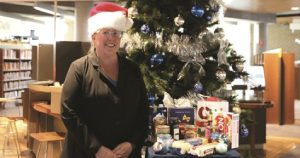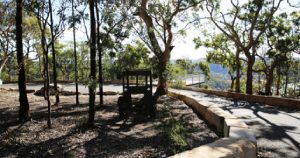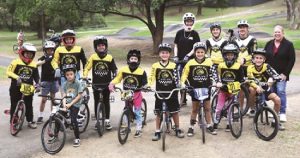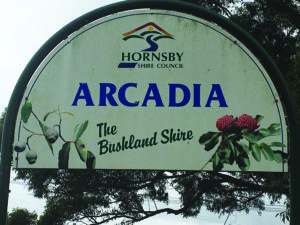
BEROWRA – said to be Aboriginal for ‘place of many winds’. The parish was originally named Berowra, and the town established on Peat’s Ferry Road took its name from that. The road from the railway station to Berowra Waters was completed in 1902, which was when Jack Smith began to operate a ferry. Before that Berowra was only known as Dusthole Bay. Berowra is believed to be derived from ‘Perrara’ to which the earliest known reference occurs in the Sydney Gazette. “Last week 8 very fine pheasants were shot at Perrara … south branch of the River Hawkesbury … by one of our most experienced foresters.” The pheasants were in fact lyrebirds.
BERRILEE – The Aborigines here used to refer to the sows and pigs of the white settlers as ‘birra birra’, and from this the name of the settlement, Berrilee, grew. In the early 1900s Berrilee was known as Calabash, which means a gourd, or the dried, hollow shell of the calabash (tree), used as a vessel.
DURAL – Dural was thought to come from “dooral” meaning a hollow tree on fire at the bottom, with “dooral dooral” being plural for many hollow trees on fire. Aborigines used to smoke possums out of trees by lighting a fire at the bottom. Surveyor James Meehan used the name Dooral Dooral for the area when surveying the Great North Road in 1817 (now Old Northern Road). However, Reverend Clarke’s 1840 diary entry showing Dooral gulley, and an 1805 reference to the valley of Dorell at the Northern Rocks have indicated that “dooral” may have two meanings, or a broader meaning of valley or gully with many trees on fire.
FIDDLETOWN – In the 1890s William Small and Horace and Fred Henstock were granted land in the area subject to the residence clause, that is, they had to spend at least one night per week on the property. To liven up their evenings they learnt to play the fiddle and played at local dances in the Galston area, and hence the name.
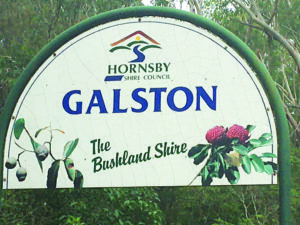


MAROOTA – According to Ruby Ramm, in her recollections ‘Life at Lansdale’, it is an Aboriginal name meaning ‘much water’. It was first mentioned in 1827. There are a multitude of springs in the area, the largest of which was estimated in 1970 to make 90 million gallons of clear water each year.

